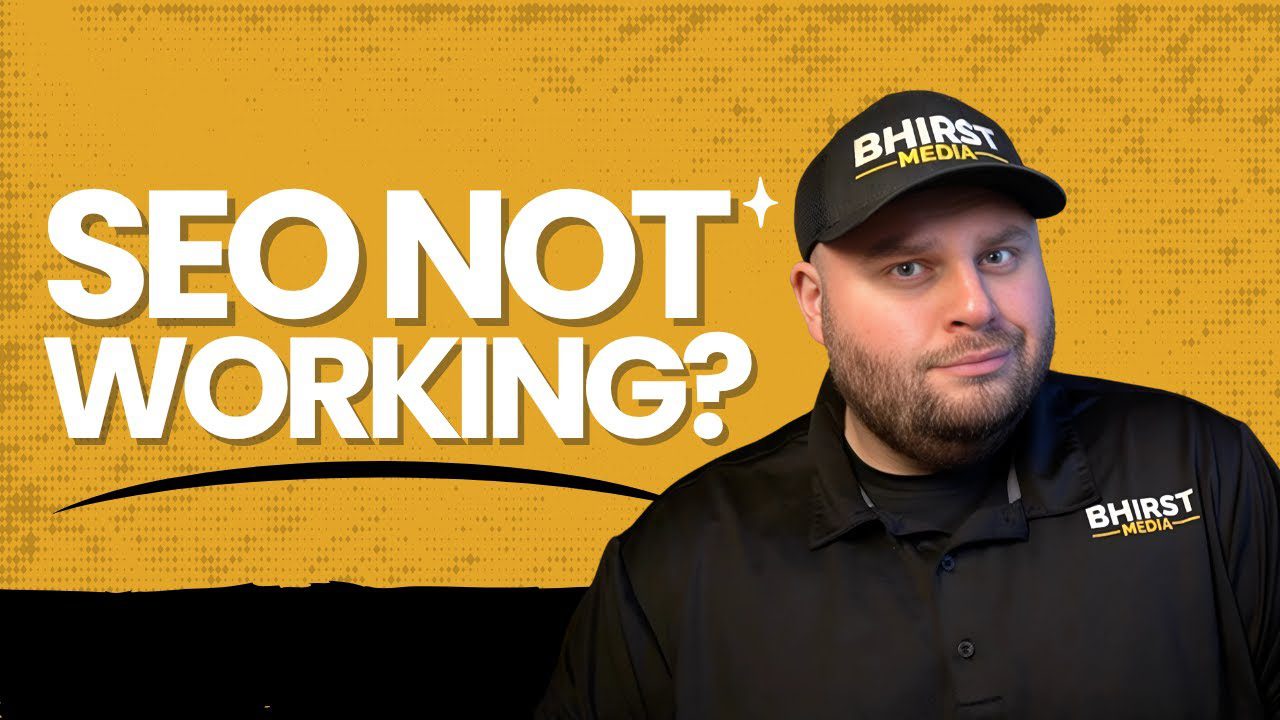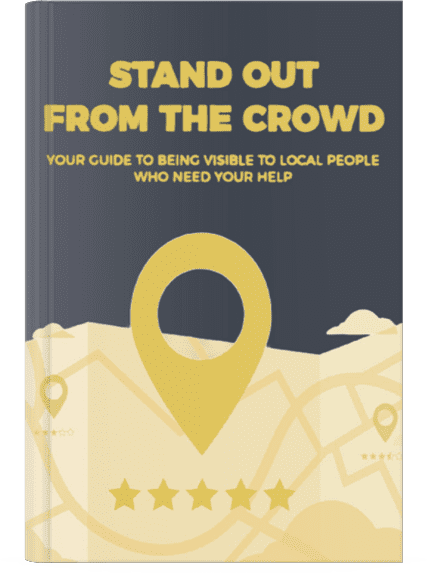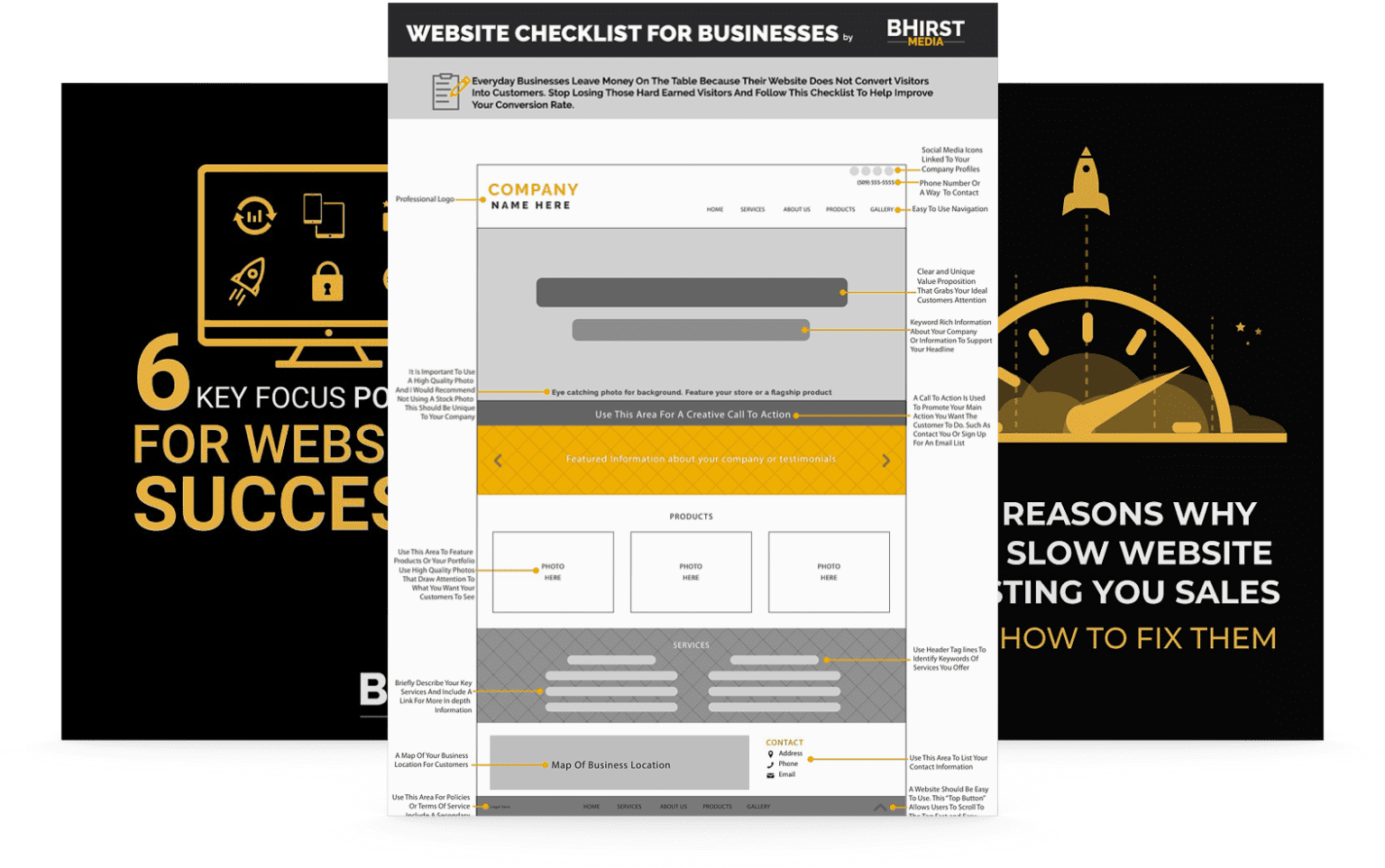
Defining clear website goals forms the bedrock of any successful SEO strategy. Beginners in SEO must understand how carefully set goals, audience targeting, and on-page elements like calls to action (CTAs) drive both traffic and meaningful engagement. Here are some key takeaways to guide your SEO starting point:
Crafting a strategy based on clear goals and actionable plans is the first step in your SEO journey. In the coming sections, we’ll explore how to define your website’s objectives, refine CTAs, and align SEO with your broader business targets.
Every day, countless websites vie for attention in the digital world. What if you learned that without a clear starting point, your SEO efforts might be ineffective?
Defining your SEO starting point with precise website goals isn’t just a preliminary action—it’s the cornerstone of a strategy that drives meaningful traffic and engagement. This beginner’s guide explores how setting the right foundation can transform SEO efforts by ensuring your website not only attracts visitors but also converts them into active customers, loyal followers, or dedicated users.
Let’s examine how to define these critical goals, understand audience intent, and create SEO-driven content that ranks well and resonates deeply.
Embarking on an SEO starting point can feel like navigating a maze without directions. For those new to the field, understanding the basics of search engine optimization is essential for boosting website rankings and driving meaningful traffic. SEO’s core principle is simple: make your website more appealing to search engines. By optimizing website pages and recognizing the “importance of SEO planning,” you prompt search engines to recognize your content’s value.
An SEO strategy involves more than simply filling your site with keywords; it’s about crafting a unified plan aligned with your business’s overarching goals. Imagine piecing together a puzzle, where each piece represents a different SEO aspect—content relevance, keywords, user experience, and technical optimization. Without a clear strategy, assembling these pieces becomes random instead of methodical. SEO encompasses audience understanding, competitive analysis, and achievable objectives, not just technical adjustments. Therefore, the first step in any SEO endeavor is to clearly define these goals, avoiding unnecessary complexity that distorts the strategy’s simplicity. This applies across industries—a healthcare provider seeking to educate patients, a financial advisor aiming to attract new clients, or a non-profit wanting to raise awareness for their cause. In each case, a well-defined strategy turns SEO from a guessing game into a powerful tool.

Defining your website goals transcends being just an SEO strategy for beginners—it’s the cornerstone of all your digital marketing efforts. Every business, from local bakeries to global tech corporations, needs to define what success looks like for its website. Is your aim to boost sales, generate leads, or enhance brand recognition? Knowing this helps you to optimize website pages, guiding visitors toward those results. Consider a local bookstore launching online. Their goals might include:
Acknowledging the importance of defining website goals means realizing that SEO is about more than just traffic. It’s about attracting the right visitors who are likely to engage, act, and become repeat customers or advocates. Without these goals, your SEO might miss the mark, like trying to hit a target blindfolded. You’ll exert effort without direction, trying to improve rankings and increase traffic without understanding how these metrics benefit your business. So, every page must have a purpose, guiding visitors toward actions that align with your business objectives. This principle holds true whether you’re a healthcare provider aiming to book more appointments, a financial firm seeking to attract new investors, or an educational institution looking to increase enrollment.
A crucial insight often missed by businesses is the vital role of clear calls-to-action (CTAs) in SEO strategies. Visualize your website as a user journey, where you attract visitors with your story or product. Without a CTA, visitors might leave without acting. This is where SEO for beginners merges with conversion optimization. A well-crafted CTA can determine whether a visitor simply browses or becomes a customer. For example, SaaS companies often use CTAs like “Start Your Free Trial” or “Get Started,” guiding potential users into the sales funnel and clarifying the path from visitor to customer.
But crafting these CTAs involves more than just simple commands—it encompasses psychology, user experience, and context. How can you encourage engagement without sounding overly aggressive? Here are some best practices applicable across various sectors:
Regardless of the business, a clear CTA bridges visitor intent with site objectives. When correctly integrated into your SEO “starting point,” these CTAs boost user engagement and drive measurable conversions, directly impacting your business’s bottom line. For instance, a non-profit might use “Donate Now” to drive fundraising, while a healthcare provider could employ “Book an Appointment” to streamline patient scheduling.
Search engine optimization extends beyond technical elements when considering its impact on business objectives. A common misconception is that SEO focuses solely on rankings or traffic. However, strategically aligning SEO with your business goals is what truly drives success. For example, improved SEO for an e-commerce site might mean:

Think of SEO as a tool set for a gardener—they prepare the soil (website), plant seeds (content), and use water and fertilizer (SEO) to nurture growth. Without understanding what crop they want (business objectives), all the gardening efforts won’t yield the desired results. Here’s how an SEO strategy for beginners should connect with business goals, adaptable across different industries:
By creating a roadmap illustrating how SEO efforts lead to business results, you amplify your marketing efforts and establish a foundation for growth. Whether it’s generating more leads, boosting patient engagement, increasing customer loyalty, or driving revenue, SEO serves as the perfect conduit when aligned with your business’s initial objectives.
Defining your SEO starting point entails much more than merely optimizing for search engines—it’s about crafting a strategy rooted in clear website goals aligned with your business objectives. By understanding your audience, crafting high-impact CTAs, and continuously aligning your SEO strategies with broader goals, you can transform your website into both a meaningful traffic driver and a conversion powerhouse. Looking ahead, businesses that embrace adaptable strategies and data-driven decision-making will lead in an increasingly competitive landscape. Whether through emerging technologies, customer-first innovation, or operational agility, the next era of success will belong to those who can not just adapt, but anticipate change. The real question isn’t if you’ll adopt these advancements—but how effectively you’ll use them to gain a competitive edge. Start setting your goals today, and watch your SEO efforts thrive!
